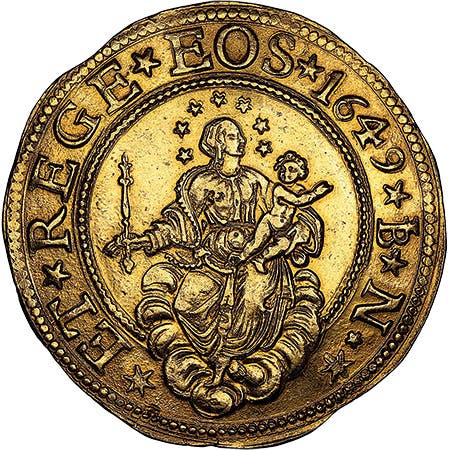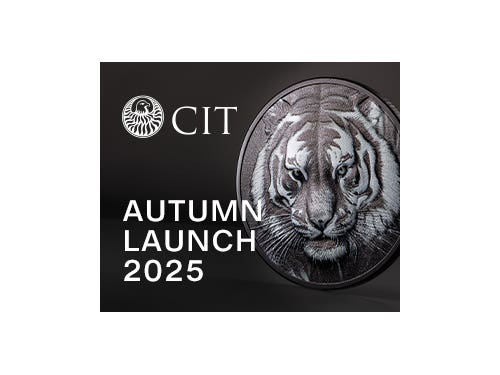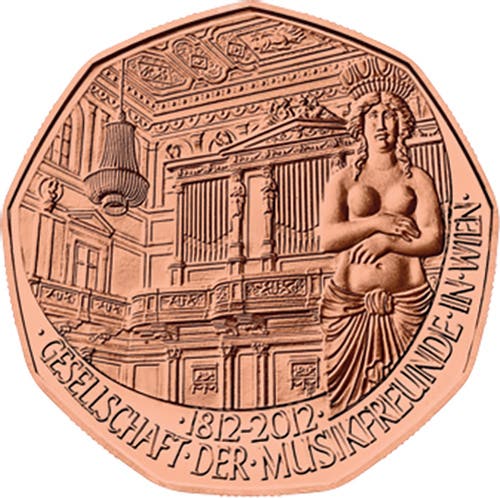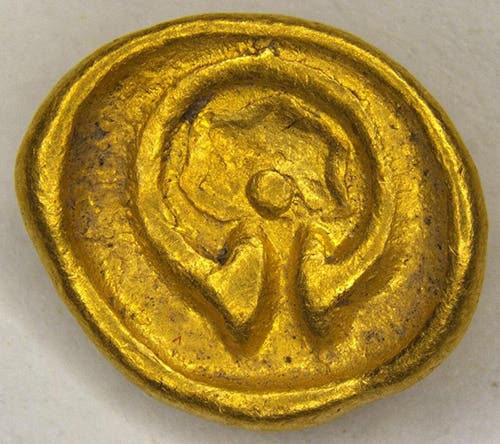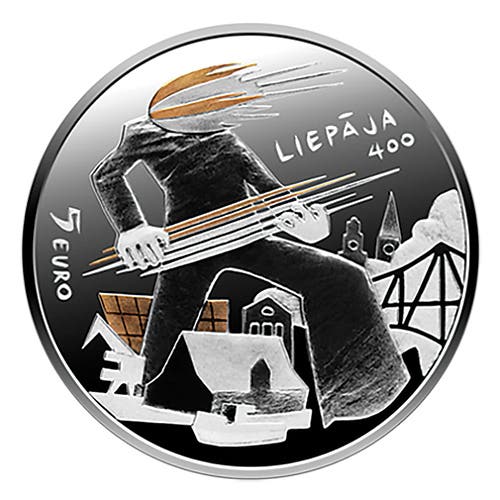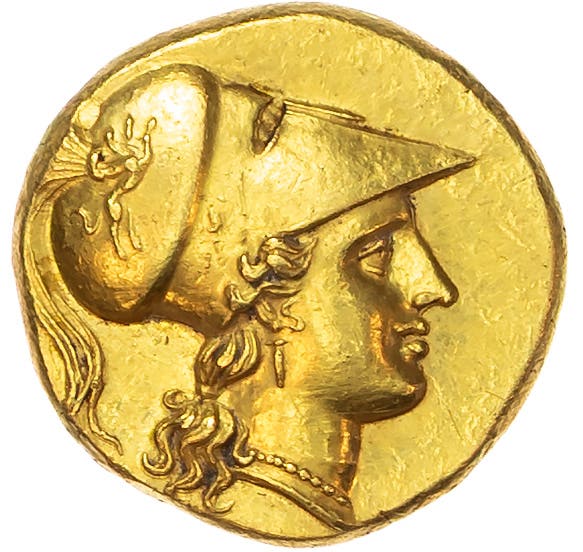Australia Rarities Circulate
U.S. coin collectors often gripe there is nothing of any value in change to collect. Granted, this isn’t entirely true. There are some valuable coins that might be found in…
U.S. coin collectors often gripe there is nothing of any value in change to collect. Granted, this isn’t entirely true. There are some valuable coins that might be found in circulation, but when it comes to rarity and collectible coins in your pocket, Australia has us beat.
Not everything in Australia that is collectible is a mint error. The United States has learned circulating commemorative coins such as the Statehood quarters series are popular. Australia is following that example, recently unveiling 26 different $1 coins featuring classic Aussie icons. There are differences in these coins from those issued by their American counterparts. The Australian coins are issued through Australia Post as part of a joint partnership with the Royal Australian Mint. The coins are also part of the now popular Great Aussie Coin Hunt program.
The icons include subjects including Akubra hat, a cup of Milo, a koala, pavlova, redback spider, Sydney Harbor Bridge, the popular soap opera Home and Away, and a color enhanced depiction of the Great Barrier Reef.
According to Australia Post Executive General Manager Nicole Sheffield, “'This year, we are releasing the full alphabet from the start of the hunt, but they will be in limited supply, so we encourage those who want the full set to get in quickly to secure their collection of great Aussie memorabilia.”
Royal Australian Mint Chief Executive Officer Leigh Gordon added, “'There is definitely something for everyone in this coin series and we are delighted to be again working with Australia Post to create a unique and engaging way for all Australians to take a light-hearted look at our way of life.”
There is also a collectible variety of the circulating 20-cent coin to be found in circulation. In 2004 a variety was issued on which the image of the queen’s head on the reverse is larger, appears nearer to the edge, and has a pointy letter A in the legend. There are an estimated 400,000 Large Head coins out of a mintage of about 72 million pieces. Demand for the Large Head variety is about 40 times the coins face value.
The Large Head coin may be a variety to collect, but there have been errors of significant value in recent years as well. Among these is the 2000 Millennium 50 cent with incuse flag, 2000 mule variation doubled ringed dollar, 2001 Federation 270 degree rotated die dollar error, and the 2007 double obverse (two-headed) 5 cent.
Money of value from circulation doesn’t stop with coins. The $5 Australian bank note with serial number beginning with BA15 and facsimile signature combination of Stevens/Fraser can be worth as much as $1,750 depending on the condition in which it is encountered. The Third Series of Australian bank notes was to be replaced in 2016. During 2015 a limited supply of the BA15 serial number notes were printed due to unexpected demand. Attention to the scarcity of these notes was triggered by commerce teacher Joel Kandiah, who runs a TikTok account he calls The History of Money.
Perhaps Kandiah doesn’t have a special arrangement with the Reserve Bank of Australia as does the Royal Australian Mint with Australia Post, but his efforts have helped increase attention being given to what bank notes someone is about to spend.
This is true of the $50 Stevens/Parkinson note as well, as long as the serial numbers on that note begin with either AA14 or JC14. These notes are allegedly trading at between $70 and $1,500 each.
According to Kandiah, “'2014 was a small print run year and there's a market for these types of bank notes with this prefix.”
The May 17 issue of The Daily Mail newspaper reported, “Social media users were shocked by the revelation and immediately began trawling through their wallets.”




